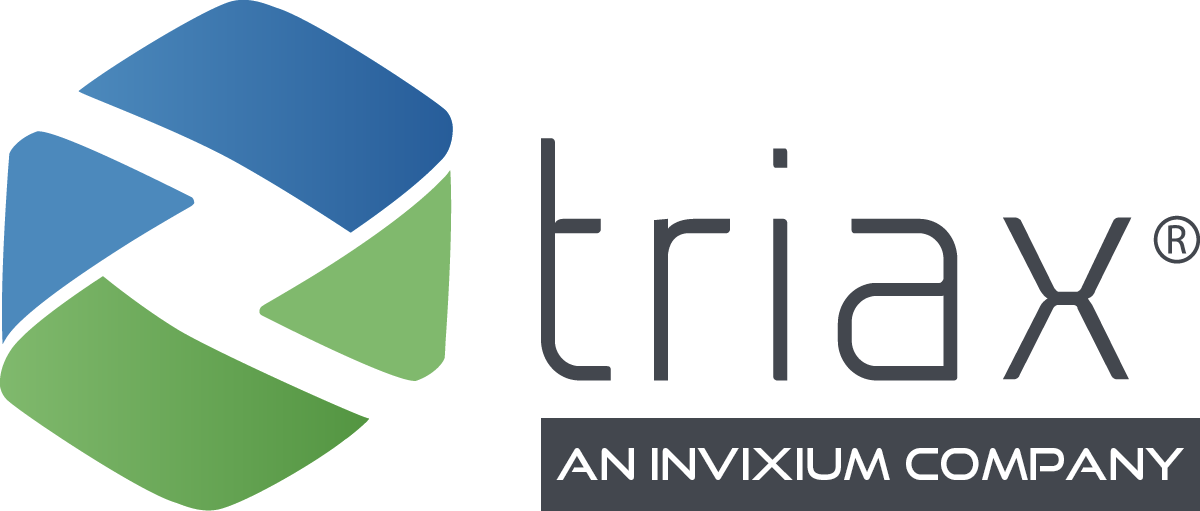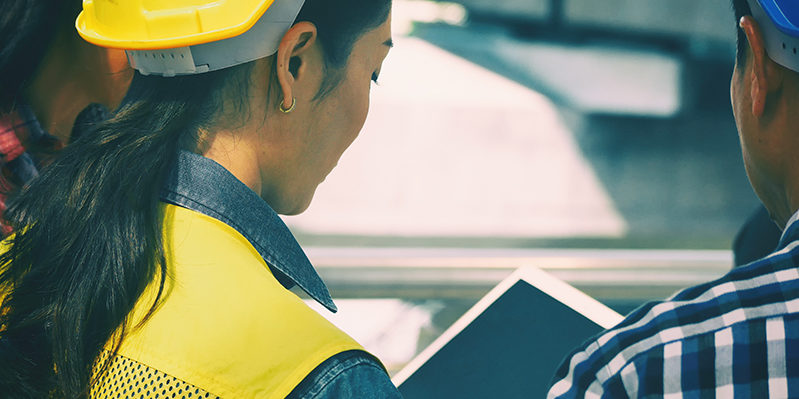Construction safety continues to evolve, as wearable technology, drones, machine learning and artificial intelligence change the way contractors collect and analyze site data, survey risks, and stay ahead of safety issues. The proliferation of sensors and drones, in particular, makes it easier and more affordable for contractors to identify hazards, respond to issues, and reduce the risk of compounding injuries. Here are some of the key safety developments we witnessed in 2017 that have only increased in 2018:
Sensor Technology
Recently, AT&T began testing new sensor technology designed for bridges. These battery-operated sensors record measurements every eight hours on factors like the size of bridge cracks and surface temperature. If anything is outside the “normal” range, the sensors trigger automatic alerts, helping to detect an unstable structure that could potentially lead to its collapse. Similarly, environmental sensors can monitor air quality, humidity and temperature and send alerts if an unknown substance is detected or it’s too hot and workers are at risk of a heat-related illness.
Wearables are worker-worn sensors that monitor location, activity, and safety. Should a worker sustain an injury on the job, for example, the Spot-r Clip will detect the event and send an automatic text, email or dashboard notification. Authorized personnel can see which floor and zone the worker is on and response more quickly. Most recently, Triax launched the Spot-r EvacTag, which works with the Spot-r network and wearable Clip to notify workers to a situation on site that requires an evacuation. Using the dashboard, supervisors can trigger an audible alert to each worker’s wearable device and can amplify that alert through a 100-decibel EvacTag, which is placed around the jobsite.
Drones
Drones are increasingly being used for construction safety management. Experienced drone pilots can fly these unmanned aerial vehicles over job sites, enabling unprecedented, 360-degree views and data collection of site operations and project progress. This can help with everything from hazard identification to site surveillance and security. Drones can also be used to reach locations that may be unsafe or difficult for people to access. For example, drones can determine unsafe roofing conditions before workers are sent to that area, reducing risk exposure and helping to prevent incidents from occurring.
Artificial Intelligence/Machine Learning
The Internet of Things has enabled an influx of previously unavailable field data, but without the ability to process and interpret that data in a meaningful way, it remains useless. The amount of information that humans can process is limited by time and space. Artificial intelligence helps process and analyze vast amounts of data to detect patterns and trends, or in this case, underlying risk factors like age or time of day. Put another way, artificial intelligence uses the power of machines to model the intelligence of humans to “learn”, solve problems and execute tasks with greater speed and accuracy.
Though the construction industry has been slow to adopt and integrate new technologies, things are beginning to change. As drones and sensors collect more and more field data in 2018, emerging artificial intelligence/machine learning tools will help make sense of that data. As more applications are discovered and proven, including worker health and safety, the rate of technological adoption will only increase.
To learn more about how Triax Technologies at at the cutting edge of construction safety innovations, read more about the Spot-r solution.

